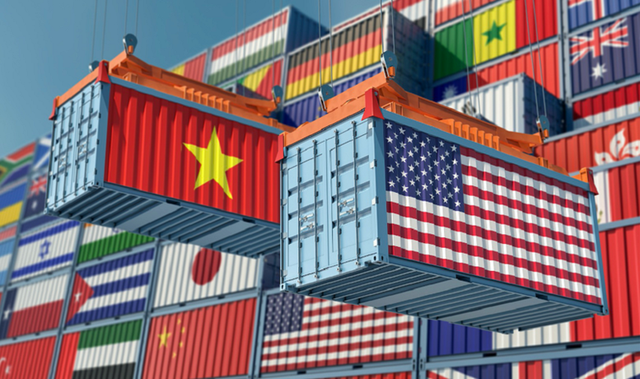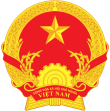U.S. lowers tariffs on Vietnamese imports to 20%
VGP - The U.S. has officially reduced reciprocal tariffs on Vietnamese imports from 46 percent to 20 percent, announced the Vietnamese Ministry of Industry and Trade.

On August 1, the White House had published an executive order signed by President Donald Trump specifying duty rates that would start from 7 August for 69 trading partners, including Viet Nam.
According to the ministry, since late April 2025, Viet Nam and the U.S. have held rounds of reciprocal trade negotiations at both technical and ministerial levels.
The Vietnamese Government's negotiation delegation was led by Minister of Industry and Trade Nguyen Hong Dien who co-chaired numerous in-person and online negotiation sessions with U.S. Trade Representative Jamieson Greer and U.S. Secretary of Commerce Howard Lutnick.
During the negotiation process, both sides made significant progress on a wide range of issues, including tariffs, rules of origin, customs procedures, agriculture, non-tariff measures, digital trade, services and investment, intellectual property, sustainable development, supply chains, and trade cooperation.
In the coming period, the two nations will continue discussions and carry out follow-up work toward finalizing a reciprocal trade agreement based on the principles of openness, constructiveness, equality, mutual respect for independence, sovereignty, political systems, mutual benefit, and consideration of each other's level of development.
They will also strive to promote stable economic, trade, and investment relations that harmonize interests and are commensurate with the Viet Nam–U.S. comprehensive strategic partnership.
Statistics of the U.S. Customs trade data showed that in 2024, two-way trade reached US$149.7 billion. Of the figure, Viet Nam exported US$136.6 billion and imported US$13.1 billion.
The Southeast Asian nation enjoyed a trade surplus of US$123.5 billion, ranking third among countries with the largest trade surpluses with the U.S., after China and Mexico.
In the first five months of this year, the bilateral trade hit US$77.4 billion, a 36.5 percent increase compared to the same period in 2024.
Viet Nam's exports amounted to US$71.7 billion (up 37.3 percent), while imports totaled US$5.7 billion (up 30.7 percent).
The country's trade surplus with the U.S. was US$64.8 billion, a year-on-year increase of 29 percent, ranking fourth among countries with the largest trade surpluses with the U.S., after China, Mexico, and Iceland./.

